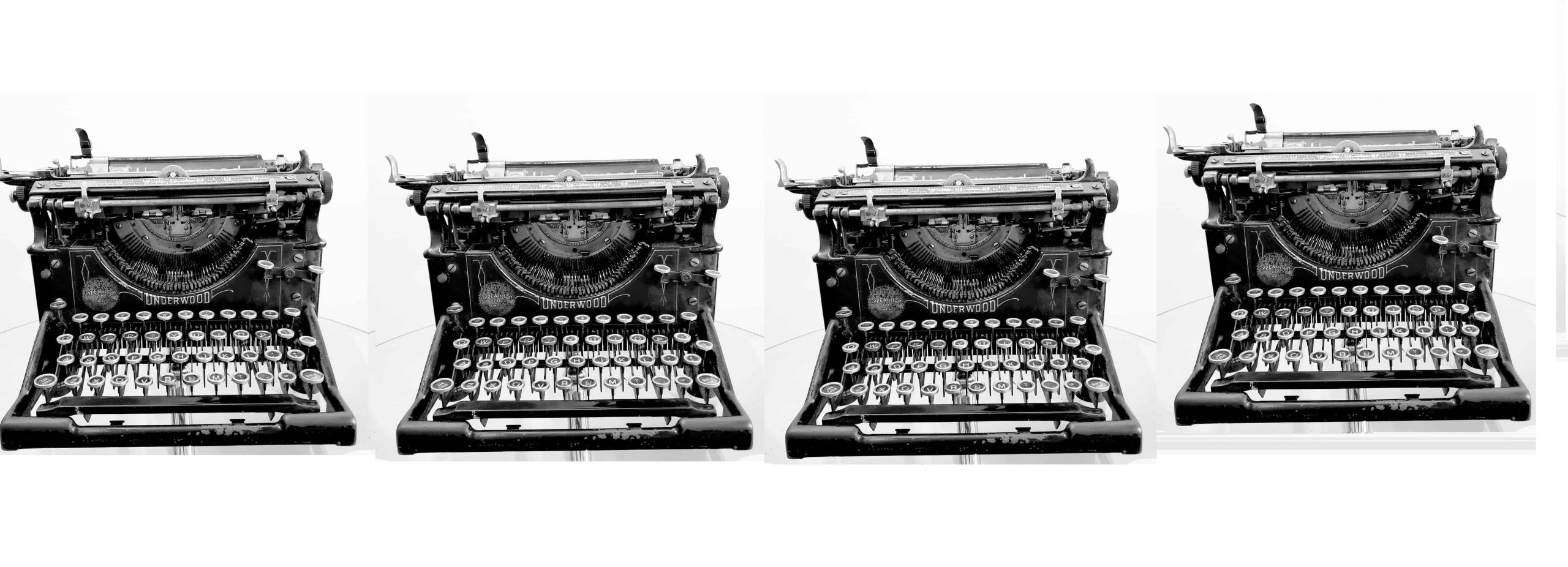The American Federal Government’s recent policy shift to require national self-sufficiency in critical metals for technology for the Defense Department has led it to a focus its interest on whether total domestic supply chains can be constructed or revived. In the case of the rare earths, the U.S. Defense Department has always required that its war fighting equipment, e.g., weapons, aircraft, ships, and battlefield vehicles be finally assembled in the United States. There has been leeway though for most of the supporting supply chains of technology metal based/enabled components.
Rare earth permanent magnet raw materials, mined, refined, and even fabricated into magnets in China, for example, have until now been regularly sourced there but used only in the United States in final component assemblies for warfighting equipment built both for the U.S. DoD, and by America’s closest allies. However, it is traditional for allied nations to require “domestic content” even for war fighting equipment built in the allied nation for the US Dept of Defense. As an example, warships built in Halifax for the Royal Canadian Navy by a US shipbuilder are required to have at least 10% Canadian content. Among that content are subassemblies manufactured in Canada but utilizing Chinese made rare earth permanent magnets. Under the 2019 US National Defense Authorization Act if those ships were being built even in Canada for the US Navy the use of Chinese manufactured rare earth permanent magnets would be prohibited! The future of this practice is unclear, and it is under review by both the American and Canadian defense establishments as the US and its allies try to harmonize their concerns about Chinese sourcing of critical materials and components.
For the civilian market the entire supply chain for rare earth permanent magnet using devices, such as automobile components, large and small finished appliances and consumer electronics, and industrial machines is today predominantly in China. Other than automobiles and trucks most civilian appliances and devices utilizing rare earth permanent magnets are today assembled completely in China and distributed and marketed in the USA by so-called domestic American companies.
The total supply chain for rare earth permanent magnets was developed in and sited in the USA until the early 21st century when the last vertically integrated operations of Magnequench were sold to a Canadian company that then sold them to a Chinese company and moved them bodily to China. This was possible, because China had become far and away the largest miner of rare earths in the world and had built up a dominant position in refining rare earths into metals, alloys, and was then aggressively entering the rare earth permanent magnets’ markets. Cheap but increasingly skilled Chinese labor plus a disregard for mining and industrial health and safety gave China an unbeatable competitive advantage.
Now with the threatened weaponization of rare earth permanent magnet supplies by China the governments of the US, Canada, the EU, and Australia are scrambling to become independent of as much of the Chinese supply chain for rare earth permanent magnets as possible. Certainly, they want to eliminate the need for rare earth permanent magnets manufactured in China.
In order to accomplish the re-creation of a China free supply chain of rare earth permanent magnets it will be necessary for the downstream components of that supply chain to be rebuilt. This means that rare earth separation facilities, rare earth metal making, rare earth alloy making, and rare earth permanent magnet making facilities MUST be built and put into efficient operation with sufficient capacities not only to meet Defense Department needs, but also after that to meet civilian (consumer product) needs. This is the bottleneck at the moment. Non-Chinese rare earths’ deposits and even producing mines sufficient to supply defense needs for the raw materials for rare earth permanent magnets exist today. But there is no funded (guaranteed) demand large enough for free market capitalism to speculate on the construction of a rare earth permanent magnets for the US military only supply chain.
The key will be the consumer products’ supply chains. If, for example, the demands of the UAW that GM return auto manufacturing for the US market from China to North America become a general requirement for US industry then the demand for rare earth permanent magnets in North America could well become large enough to trigger the financing of a large scale domestic total rare erath permanent magnet supply chain in North America. The consumer appliance and electronics industries are watching the auto negotiations carefully to see if an insourcing trend is coming.
I believe that Chinese costs are rapidly rising to first world levels, and that this fact as much as any other is driving the rebirth of a domestic total North American rare earth permanent magnet supply chain.
I will be interviewing those mining, processing, and manufacturing companies in the US, Canada, the EU and Australia that I think are in the forefront of the rare earth revival.




Leave a Reply